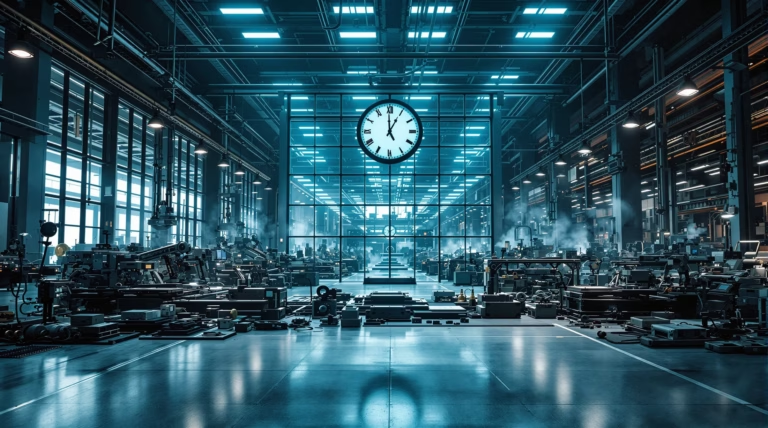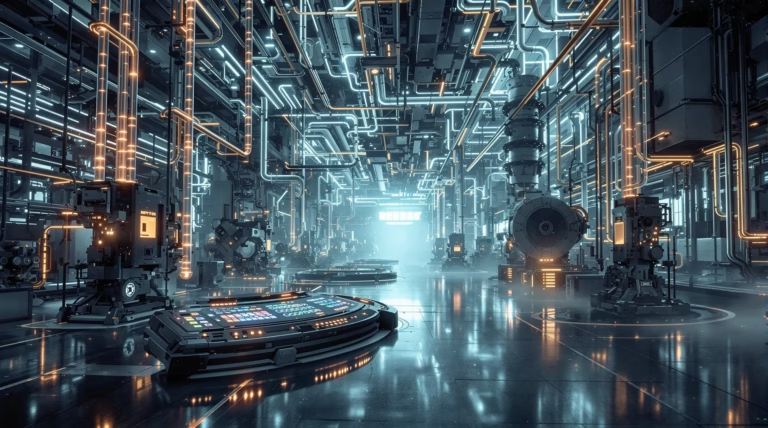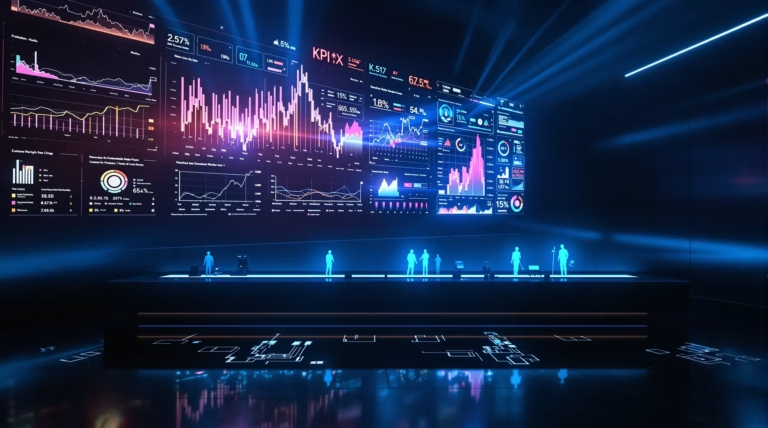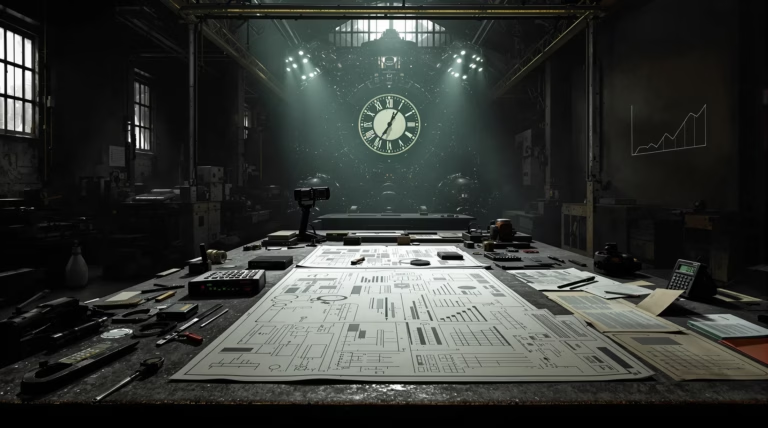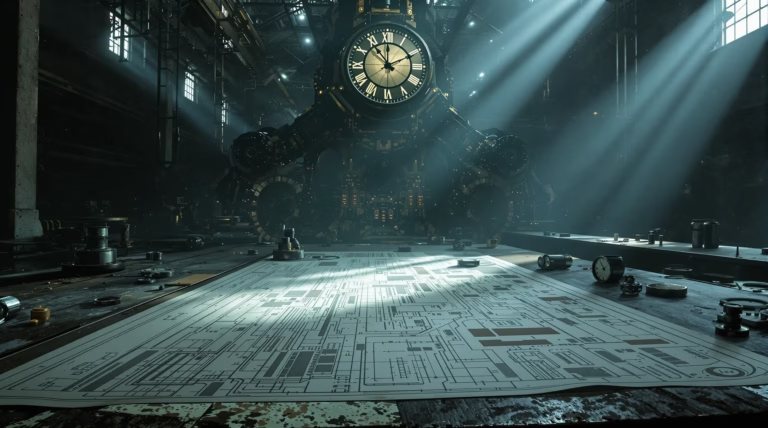Manufacturing vs Production: Key Differences Explained
In today’s business landscape, understanding the distinction between manufacturing and production is crucial for optimizing operations and implementing effective strategies. Let’s explore these fundamental concepts and their impact on modern industry.
Understanding Manufacturing vs Production
While often used interchangeably in everyday conversation, manufacturing and production represent distinct business processes with significant differences. Manufacturing specifically refers to the transformation of raw materials into tangible products through systematic processes, typically involving machinery and specialized labor. Production, on the other hand, encompasses a broader range of activities that include manufacturing but extend to the creation of both goods and services from beginning to end.
The relationship between these two concepts is hierarchical – manufacturing is actually a subset of production. Think of production as the comprehensive ecosystem that covers everything from initial planning and design to final distribution, while manufacturing specifically focuses on the physical creation phase.
Defining Manufacturing and Production
- Manufacturing – the specialized process of converting raw materials into finished tangible products on a large scale, utilizing mechanized systems and assembly lines
- Production – a comprehensive concept encompassing all value-creation activities, including planning, sourcing, quality control, and service delivery
Key Differences Between Manufacturing and Production
| Aspect | Manufacturing | Production |
|---|---|---|
| Scope | Limited to physical transformation | Covers entire value creation process |
| Inputs | Raw materials only | Materials, intellectual property, creative talent |
| Outputs | Tangible products | Both tangible and intangible results |
| Requirements | Factories, machinery, specialized labor | Various resources including knowledge workers |
The Role of Manufacturing in Economic Growth
Manufacturing serves as a critical engine driving economic growth in developed and developing economies alike. Unlike the broader production sector, manufacturing creates tangible goods that generate substantial value addition, high-paying jobs, and significant export potential.
- Contributes approximately 11% to GDP in the United States
- Drives 20% of capital investment
- Contributes to 30% of overall productivity growth
- Creates a multiplier effect: every $1 spent generates $1.89 in economic activity
Impact on GDP and Job Creation
The manufacturing sector generates economic value disproportionate to its size through multiple channels. Recent research reveals impressive statistics:
- Accounts for 8% of employment in the United States
- Drives 60% of the nation’s exports
- Attracts 70% of business research and development funding
- Offers wages 13% higher than other industries
- Creates diverse employment opportunities across skill levels
Technological Advancements in Manufacturing
Technological innovation has fundamentally transformed the manufacturing landscape, creating a clear distinction between traditional and advanced manufacturing processes. The integration of cutting-edge technologies has revolutionized production capabilities through:
- Automation systems for enhanced precision
- Artificial Intelligence for process optimization
- Internet of Things (IoT) sensors for real-time monitoring
- Advanced data analytics for performance insights
- Feedback loops between design and production phases
These advancements are reshaping economic models by enabling the reshoring of production previously outsourced to lower-wage regions. Smart factories equipped with robotics and AI compete effectively through superior productivity and quality standards. The evolution has created new categories of high-skilled employment opportunities in:
- Systems programming and integration
- Equipment maintenance and optimization
- Data analysis and process improvement
- Robotics management and coordination
- Industrial IoT implementation
Production Processes and Their Importance
While manufacturing and production are often used interchangeably, they represent distinct concepts with significant operational implications. Production encompasses the complete lifecycle of creating goods or services – from initial concept development through distribution to customers. Manufacturing, as a subset of production, specifically focuses on the transformation of raw materials into finished products.
From Ideation to Distribution
| Stage | Activities |
|---|---|
| Conceptualization | Market research, customer needs analysis, design decisions |
| Development | Prototyping, testing, manufacturing planning |
| Manufacturing | Raw material transformation, assembly, finishing |
| Post-Production | Quality control, packaging, warehousing, distribution |
Resource and Supply Chain Management
Effective resource management serves as a critical differentiator in production operations. While manufacturing processes focus on direct raw material transformation, production orchestrates a complex network of resources including:
- Specialized labor and expertise
- Energy resources and utilities
- Technological systems and infrastructure
- Financial capital and investments
- Supply chain partnerships and logistics
Enhancing Efficiency and Quality in Manufacturing and Production
Efficiency emerges as a critical differentiator between successful operations and those that struggle. Production efficiency encompasses all value chain activities, while manufacturing efficiency targets specific production floor processes. This distinction enables organizations to optimize resources effectively across both domains.
Quality assurance protocols serve as fundamental elements for operational excellence, delivering multiple benefits:
- Faster production turnaround times
- Increased throughput and productivity
- Enhanced market responsiveness
- Improved product consistency
- Reduced waste and operational costs
Integration of ERP Systems
Enterprise Resource Planning (ERP) systems have revolutionized the relationship between manufacturing and production by creating digital integration across previously siloed operations. These comprehensive platforms unify diverse business functions, providing executives with real-time performance monitoring capabilities through consolidated dashboards.
- Inventory management and tracking
- Procurement and supplier relationships
- Production scheduling optimization
- Quality control monitoring
- Resource allocation management
- Data-driven decision support
In manufacturing environments, ERP implementation addresses specific operational challenges through enhanced communication between production teams and other departments. Organizations leveraging these systems report significant improvements in:
- Operational productivity and efficiency
- Resource utilization rates
- Production planning accuracy
- Equipment maintenance scheduling
- Predictive analytics capabilities
Collaboration Across Departments
| Department | Contribution to Production Excellence |
|---|---|
| Manufacturing | Process optimization and quality control implementation |
| Customer Service | Quality feedback and customer requirement communication |
| Sales | Demand forecasting and capacity planning input |
| Quality Assurance | Standards monitoring and improvement recommendations |
| Procurement | Material quality management and inventory optimization |
This collaborative approach enables proactive operational improvements and more accurate production planning. Organizations excelling at cross-functional collaboration typically outperform competitors through enhanced operational efficiency and superior customer experiences. The integration of departmental insights creates unified workflows where manufacturing excellence directly contributes to overall production effectiveness.
Exploring Different Manufacturing Methods
Manufacturing and production, while often used interchangeably, represent distinct operational concepts. Manufacturing specifically involves the transformation of raw materials into finished goods using machinery and specialized equipment. Production encompasses the entire value creation process, including design, testing, packaging, and distribution alongside manufacturing operations.
Traditional and Modern Techniques
- Job shop production – specialized products in small quantities
- Batch processing – similar items grouped into production runs
- Mass production – standardized products at high volume
- CNC machining – precision manufacturing with minimal human intervention
- Additive manufacturing – complex geometries through 3D printing
- Flexible manufacturing systems – rapid reconfiguration capabilities
- Industry 4.0 integration – IoT sensors, AI, and robotics implementation
Adapting to Market Needs
Modern manufacturing methods enable rapid operational pivots in response to market dynamics. Companies now implement various approaches to maintain competitiveness:
- Just-in-time manufacturing for inventory optimization
- Mass customization combining standardization with personalization
- Made-to-order production eliminating excess inventory
- Flexible manufacturing for rapid market response
- Smart factory implementation for real-time adaptability


